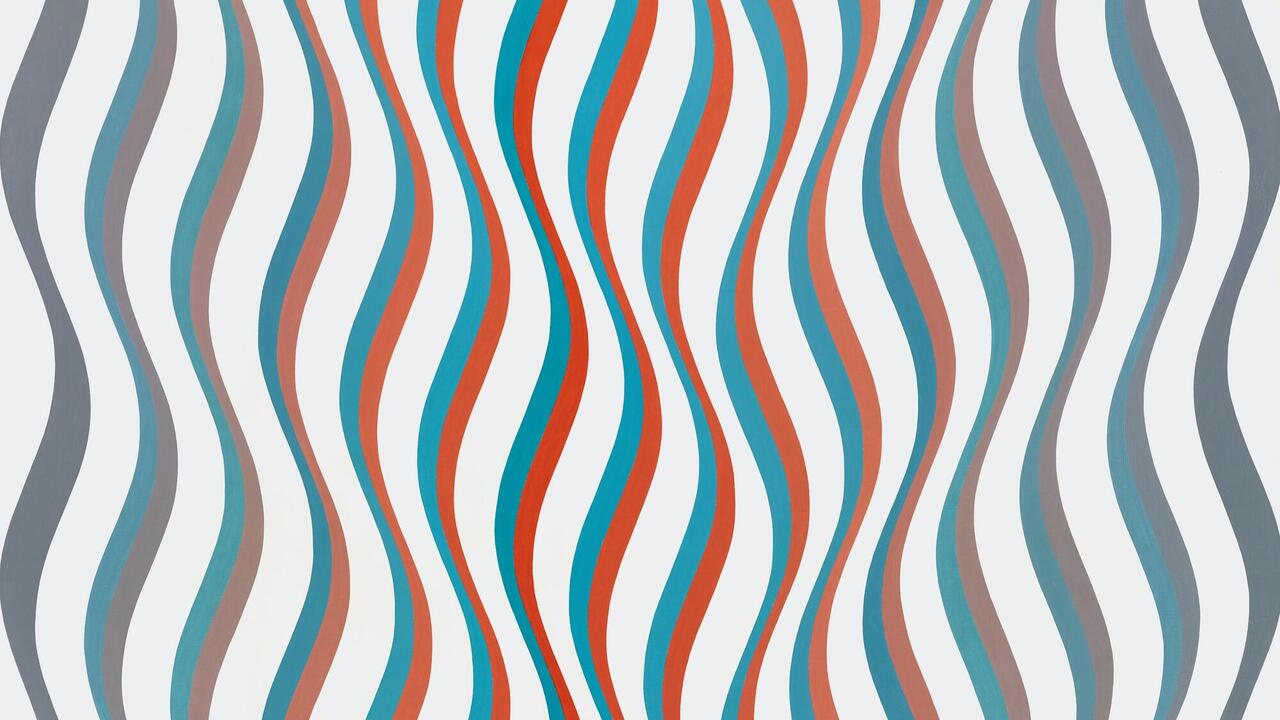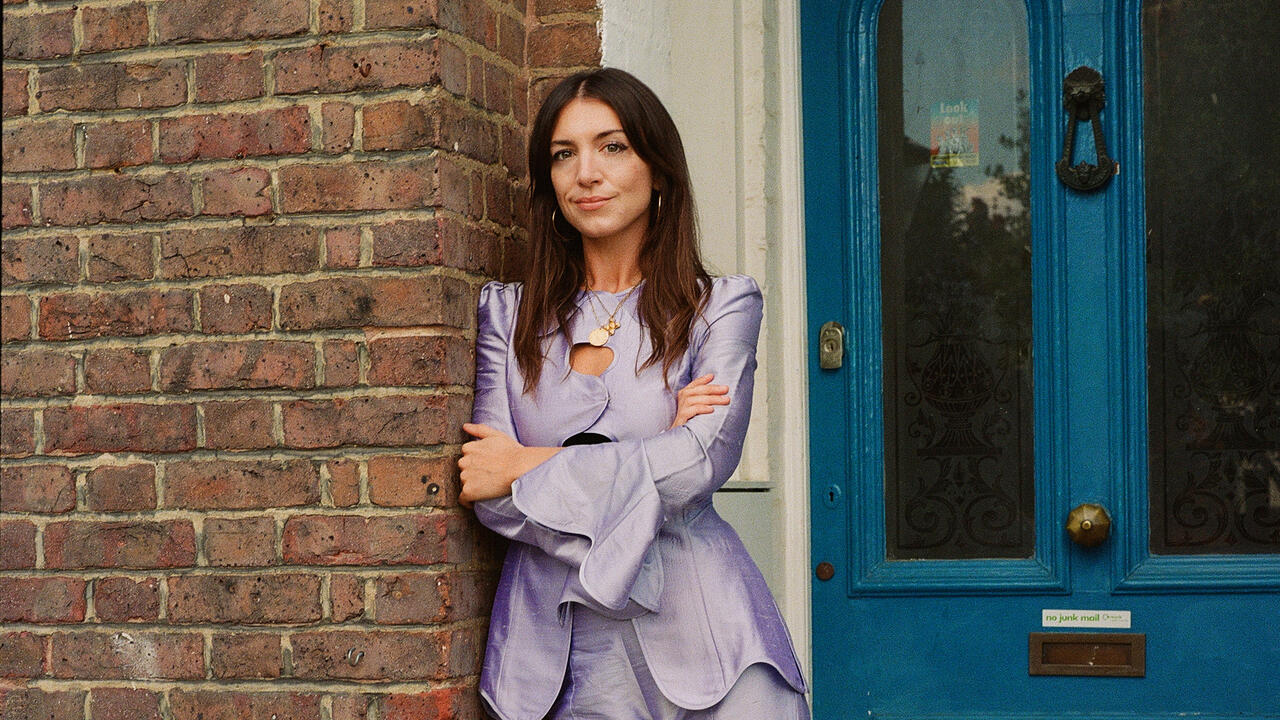Claude Monet: Portrait of a Painter
Patrick Grainville's new novel, Cliff of Fools, captures the life of the artist as vividly as his own canvases
Patrick Grainville's new novel, Cliff of Fools, captures the life of the artist as vividly as his own canvases

The cultural struggles and personal scandals that drove Claude Monet's life have been largely forgotten, relegated to cocktail-party stories for art-history academics and auction-house specialists. The artist's reputation has shifted definitively from iconoclast to undeniable icon. But that is almost to be expected. Such details inevitably pale in the presence of Monet's paintings which still captivate viewers, even a century after their creation, with their vibrant colours and layered brushstrokes. The water lilies, the fields of flowers, the bridges Monet captured on canvas have lost none of their appeal in the intervening decades; these representations radiate such warmth that they almost feel more real than reality itself.

This delight that viewers still find in Monet's paintings is what the formidable French novelist Patrick Grainville seeks to restore to the painter's life in his voluminous magnum opus, Falaise des fous – or, in English, The Cliff of Fools (2018), now out from Éditions de Seuil. (The English title and publication date have yet to be announced.) The novel opens with a bravura scene of its narrator in a small boat with the young Monet, whom he barely knows, as they ride into a thunderstorm coming down the Channel. 'I spent my childhood in Le Havre, I love the sea and the boats,' Monet reassures the rower as the waves swell around them.

In the coming months and years, it is Monet who will open the Norman narrator's eyes to how paintings can be truer to the visible world than realism allowed: 'Where all I saw was carnage, he was intoxicated by the impressions of colours.' Although painting never becomes a vocation for Monet's friend, he still finds himself drawn into the world of the artists, writers and fin-de-siècle luminaries who reside by the famous cliffs overlooking the English Channel. He comes to know Gustave Courbet and many of other famous impressionists: Eugène Boudin, Paul Durand-Ruel, Berthe Morisot, Camille Pissarro. Novelists Victor Hugo and Gustave Flaubert, both recently deceased, haunt their scene: 'How I would have loved to be their brother!' the narrator sighs – and at the book's midpoint a strange, shy figure crops up. 'That squire,' a no-nonsense woman informs a group at a party that includes Edgar Degas, 'is a young author, very fussy, a certain Marcel Proust who's just published … some fripperies.'

Proust's presence, incidentally, serves as explanation of why Grainville's book succeeds so brilliantly where other historical novels and biographies fail. In Search of Lost Time (1913–27) charms every new generation of readers not just through the extraordinary, ever-unspooling precision of the author's observations but also through the sly irony it exudes, giving its readers a close-up view of Paris's aristocratic circles through the eyes of a young arriviste narrator who observes their rituals and relationships with an outsider's bemusement. In the same way, Grainville does not presume that his subjects' fame can carry the book; he allows them to be revealed as living, breathing beings with passions and problems of their own, noticed and judged by his narrator. Just as they might in real life, they surge forth for a few pages and then recede away.
So it is Grainville's narrator who anchors the more than 600 pages of his dazzling fresco, which encompasses six decades, from the frenzied boat trip of the book's opening pages in 1867 to Monet's death in 1926, with the Dreyfus Affair and the Great War and even Charles Lindbergh's transatlantic flight cropping up in between. He tells his story retrospectively, looking back from his perch in the 1920s. It is a stance that Grainville takes as well: Falaise des fous is his 26th book, and at 70 years old, having already won France's top literary prizes, he has become a household name. It seems entirely appropriate that Monet's world should be the subject of his latest book. It was in the final decade of Monet's life, after all, that the painter was able to recover from a stroke and the death of his son and accept his deteriorating eyesight in order to start painting his famous large-scale water-lily canvases in earnest. Falaise des fous, similarly, seems to be a result of Grainville's own late blossoming.

A classicism pervades Grainville's writing, where every word feels carefully chosen and set pieces move briskly along; its style seems to pay greater homage to Courbet's realism than to Monet's impressionism. But even the most slavish depiction of reality is still art, as one of the narrator's lovers insists: 'We see as we want to see; it's false; and this falseness constitutes art.' If a realistic story is false because it draws connections where none had existed and establishes a narrative arc that exists only in the teller's mind, then every raconteur's narrative is a work of art. Patrick Grainville's is perhaps one of the most splendid to come out in recent memory.
Main image: Edouard Manet, Claude Monet in Argenteuil, 1874. Courtesy: Wikimedia Commons


















